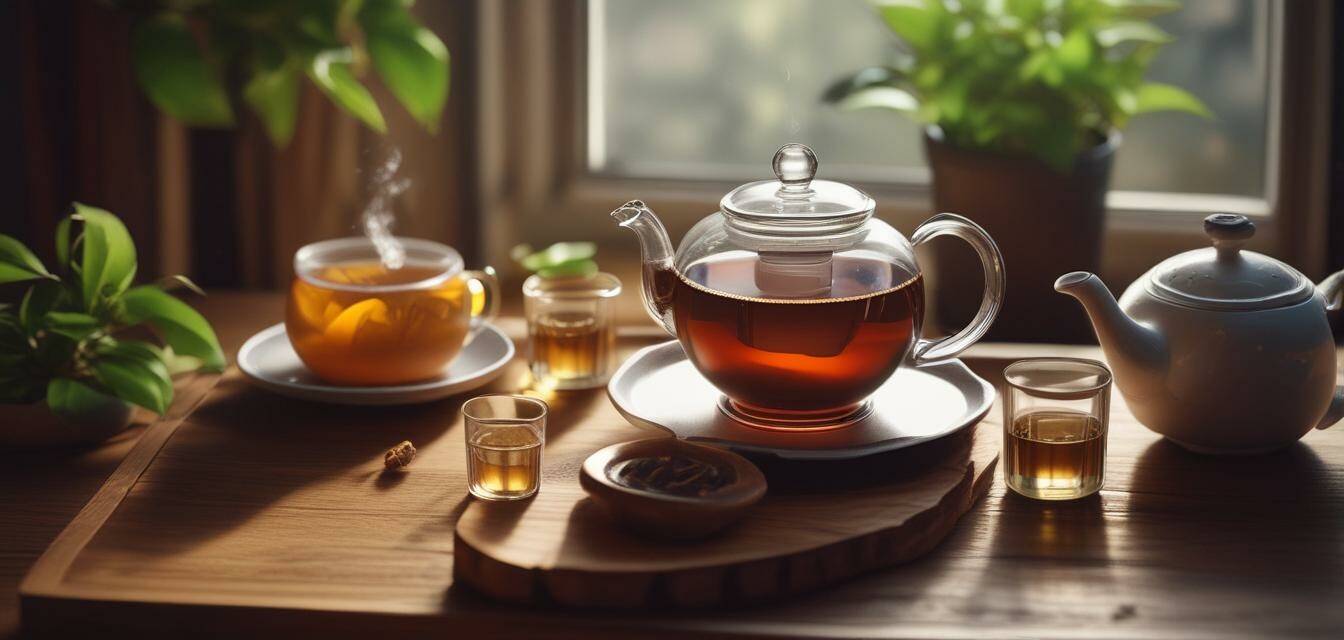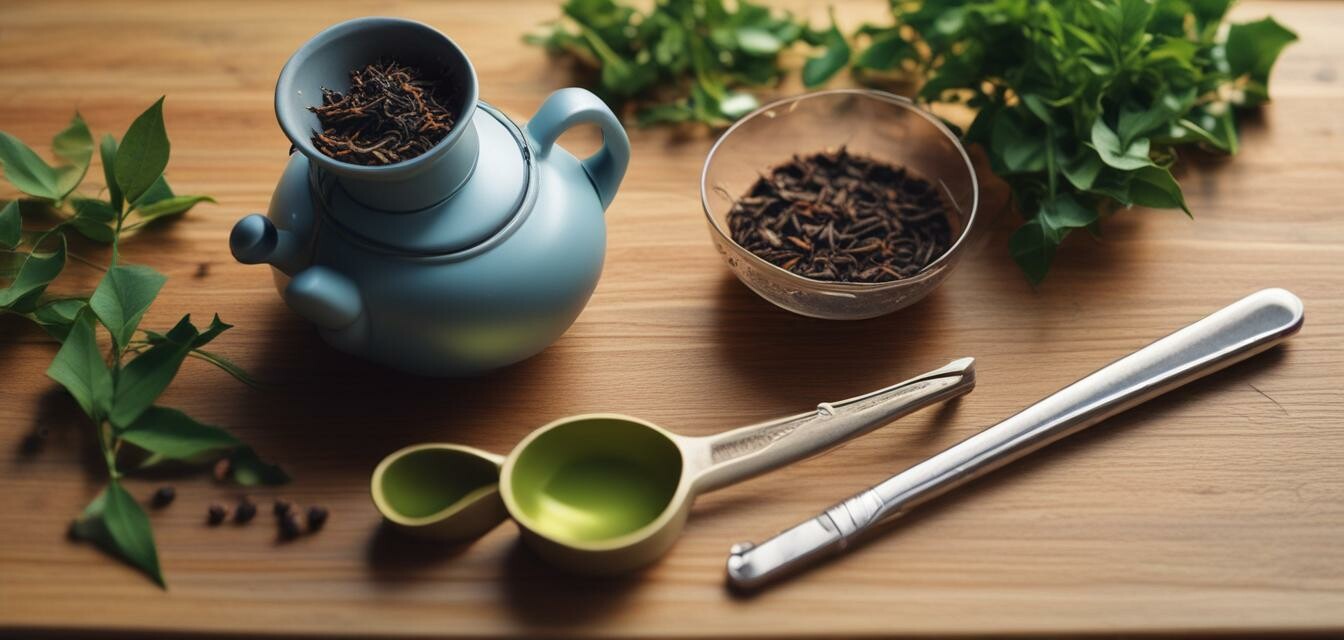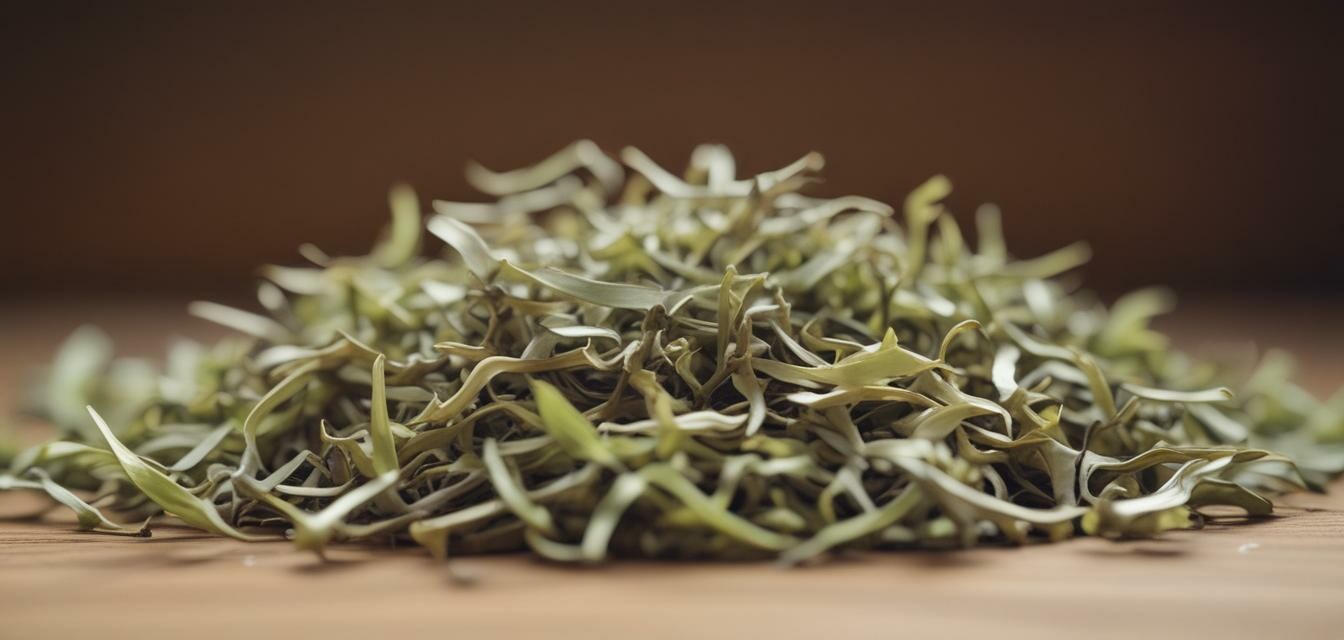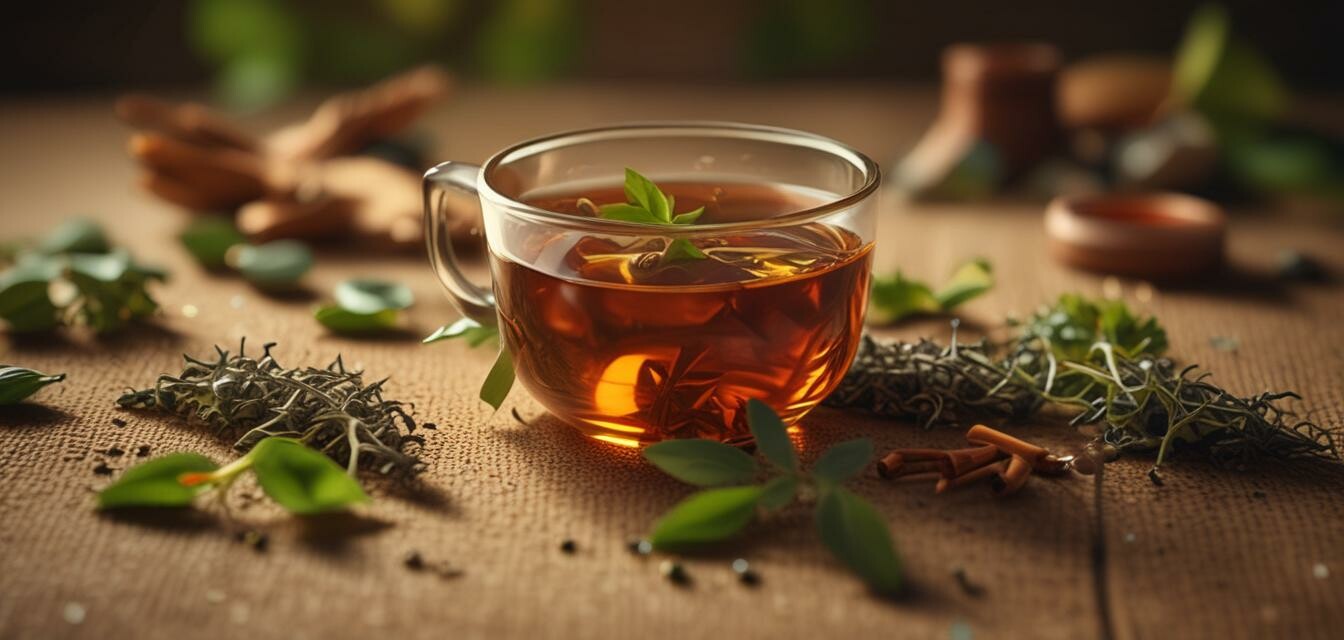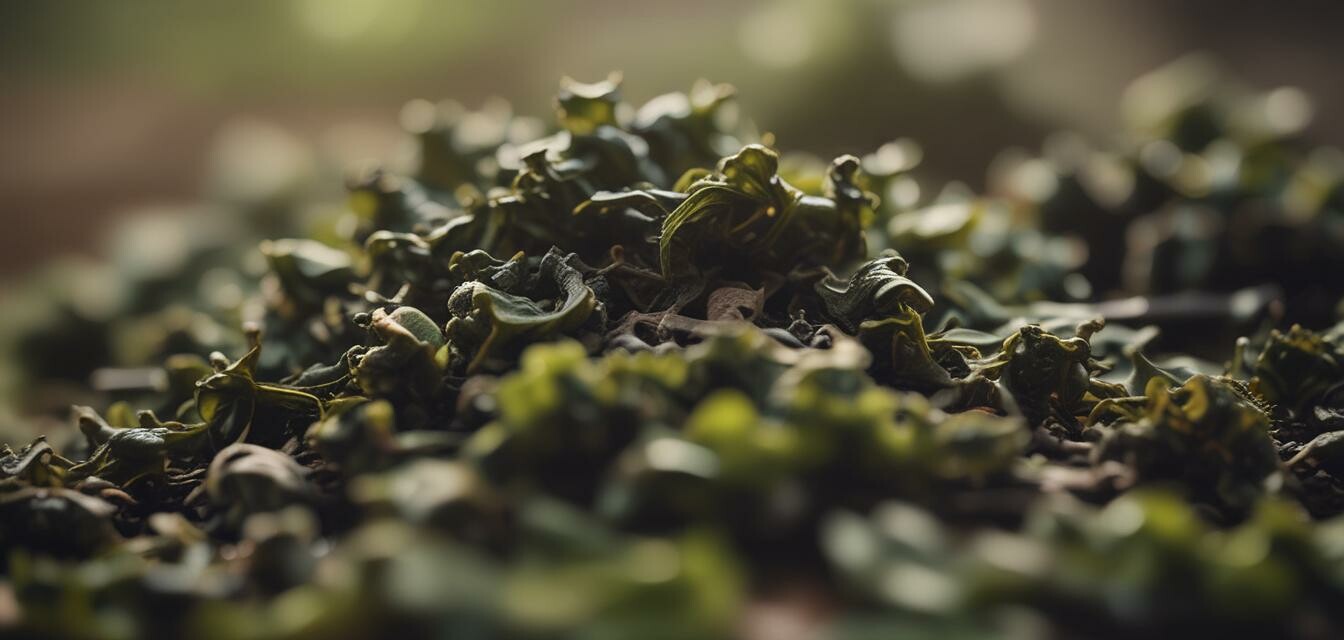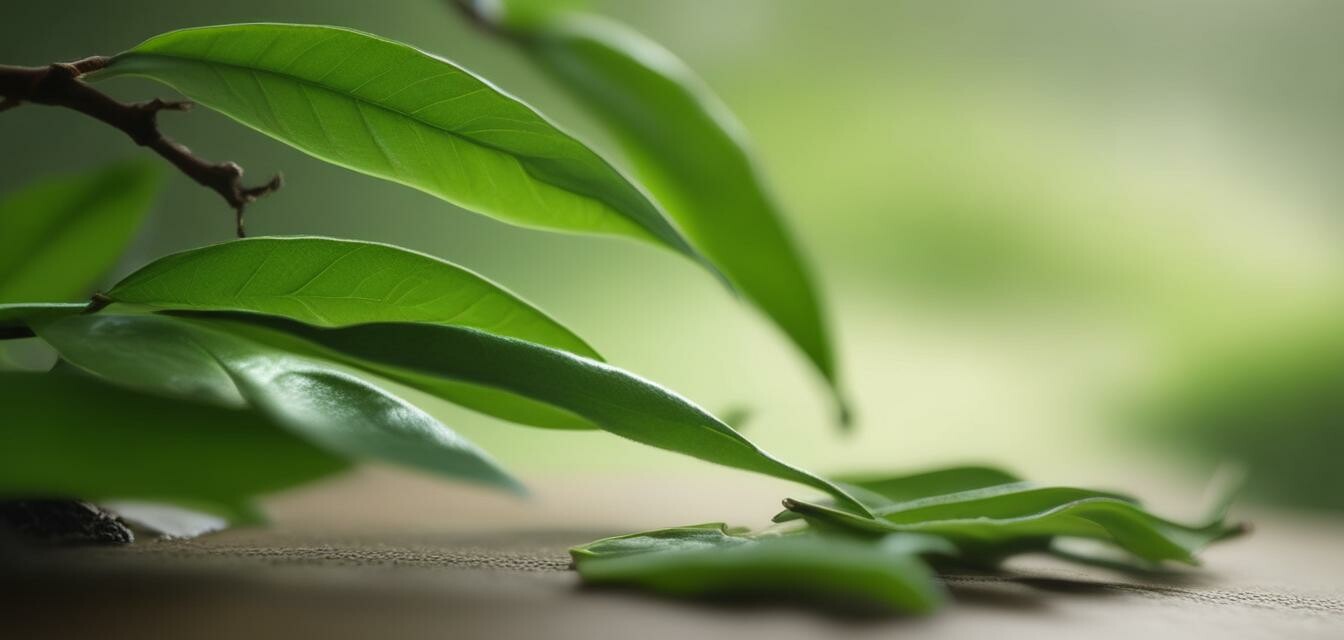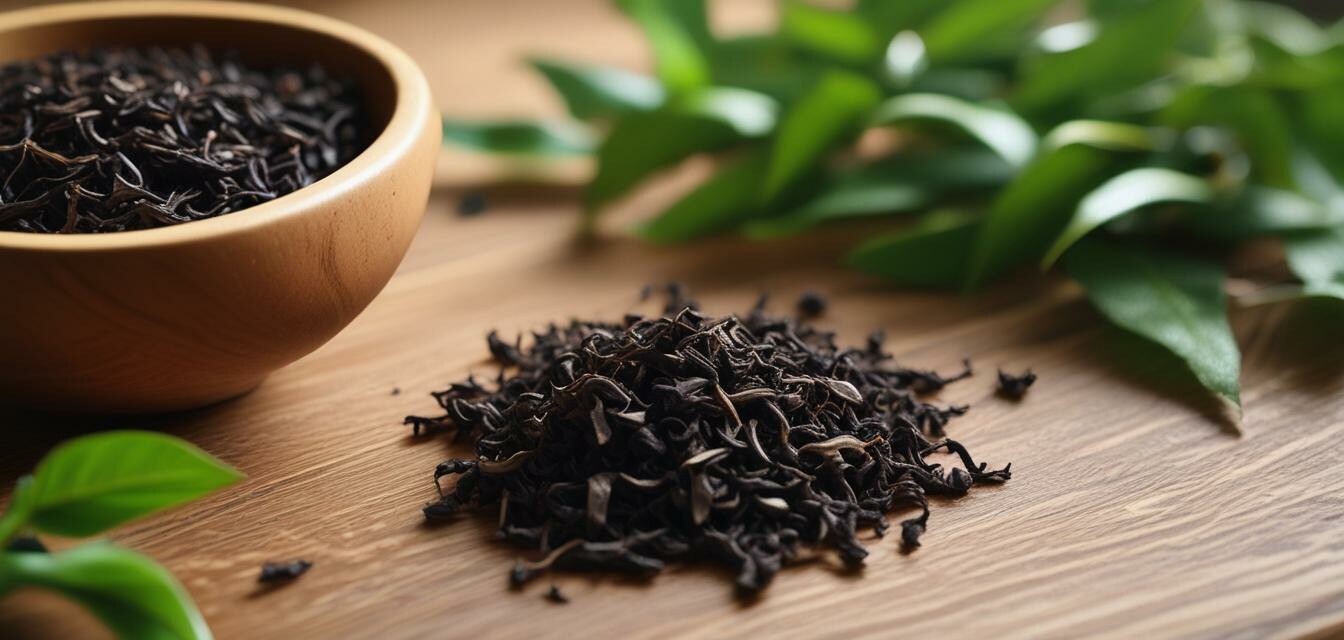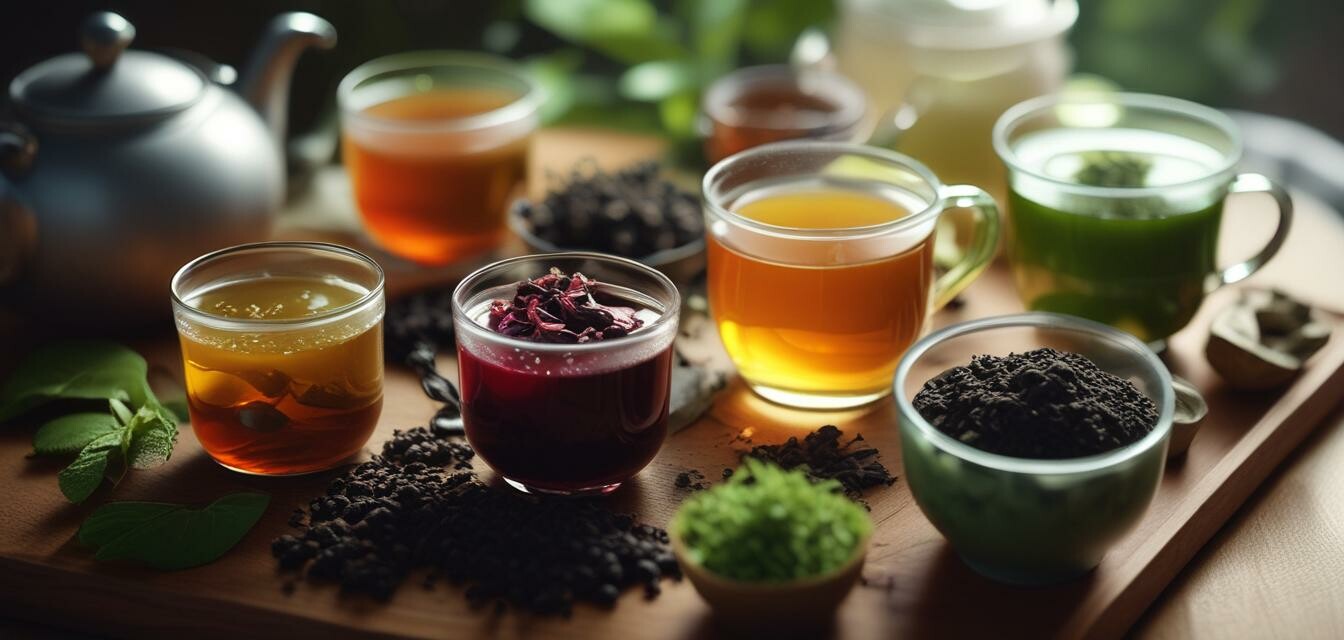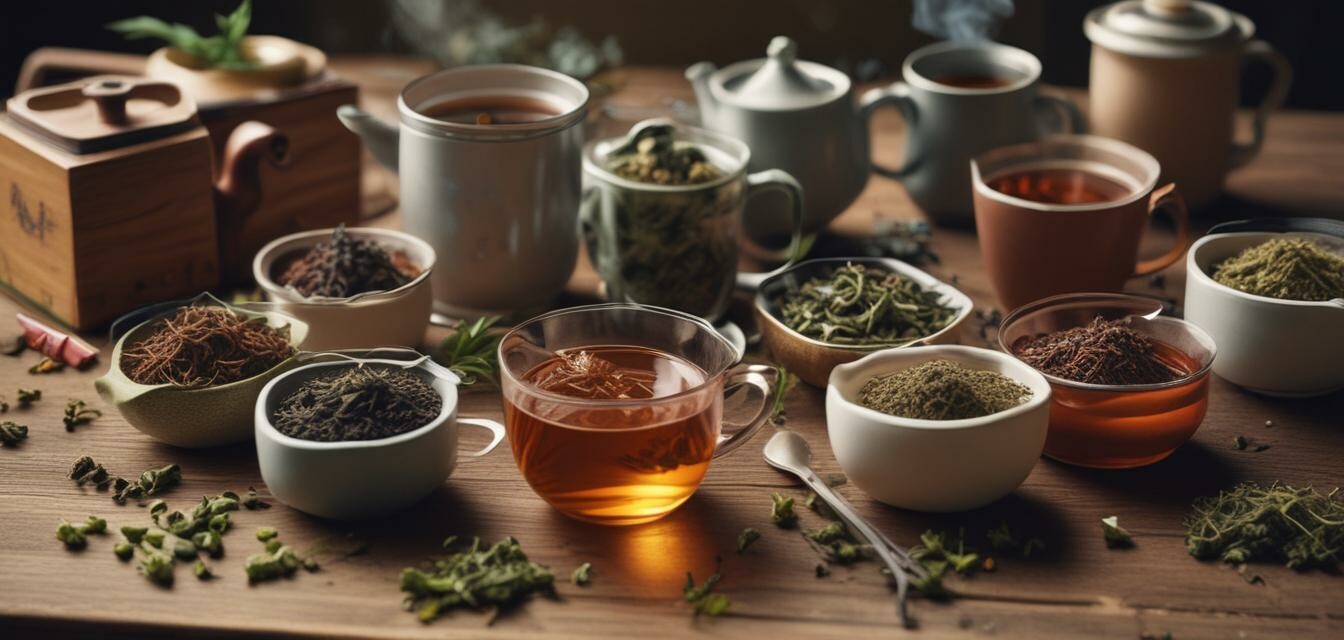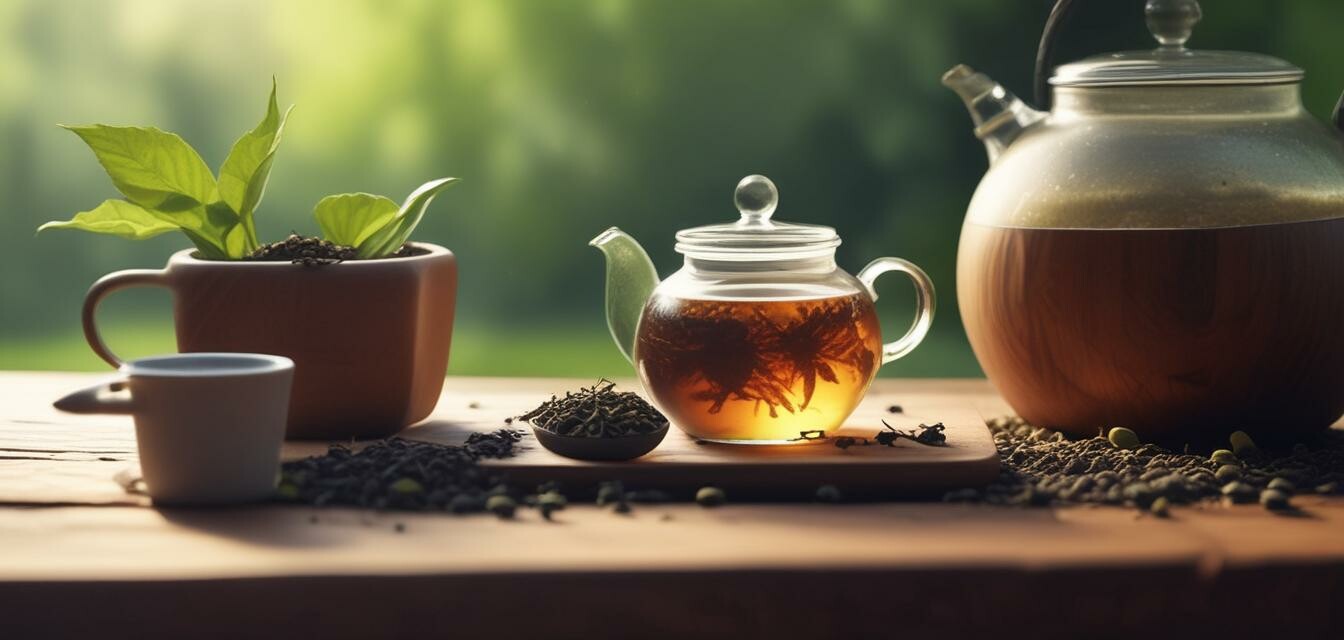
Tea Culture
Tea is more than just a beverage; it encapsulates a significant cultural heritage enjoyed by societies around the globe. From elaborate ceremonies to simple everyday rituals, tea has evolved into a symbol of hospitality, relaxation, and community. In this article, we will explore the diverse cultural significance of tea around the world and discover how it shapes our daily lives.
Key Takeaways
- Tea is a globally respected beverage with deep cultural roots.
- Different countries have unique tea rituals and customs.
- Tea fosters community and social interaction.
- There are various types of tea, each with its cultural significance.
The Global Influence of Tea
Tea is enjoyed worldwide, but its cultural meanings can differ sharply. Below, we highlight some of the most prominent tea cultures:
| Country | Tea Type | Cultural Significance |
|---|---|---|
| China | Green Tea | Used in traditional ceremonies; symbolizes respect and integrity. |
| Japan | Matcha | Integral to the Japanese tea ceremony, reflecting simplicity and mindfulness. |
| India | Chai | Serves as a social bonding beverage in homes and businesses. |
| United Kingdom | Black Tea | A staple in afternoon tea, promotes social gatherings. |
| Turkey | Turkish Tea | Tea is a symbol of friendship and hospitality. |
1. Tea in China
In China, tea is an ancient tradition, where the act of drinking tea is often steeped in historical customs. From the art of tea preparation to its consumption, it plays a significant role in social life. Green tea varieties are particularly popular.
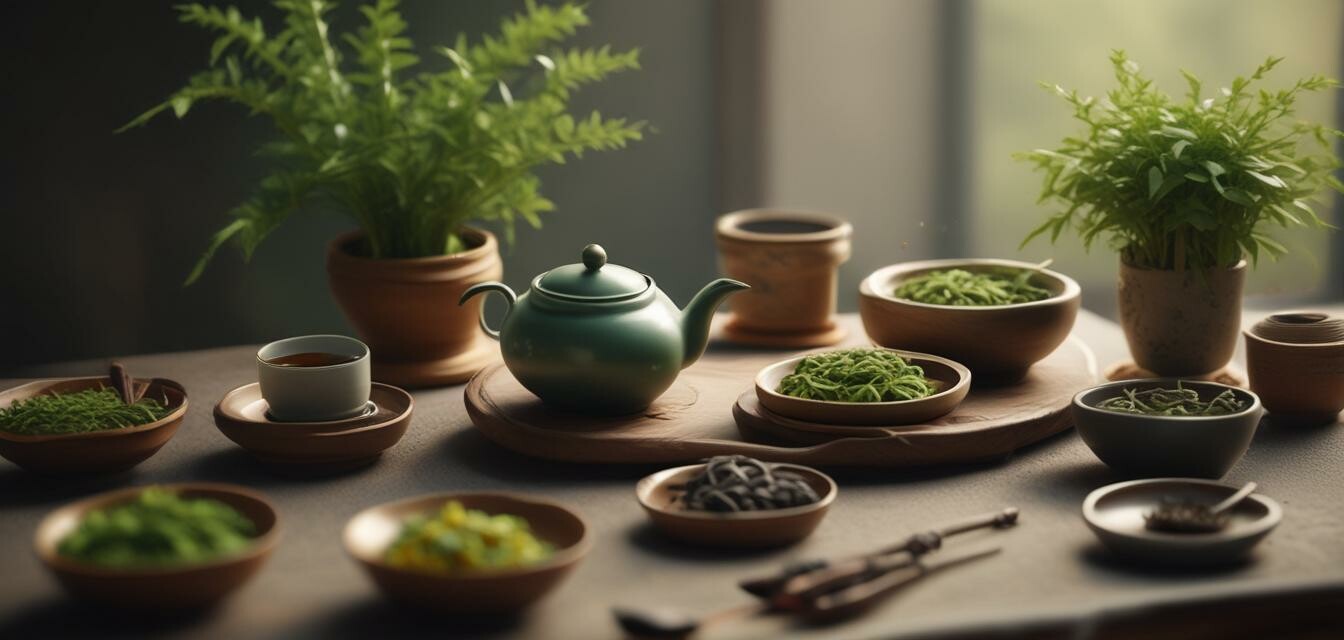
2. The Japanese Tea Ceremony
The Japanese tea ceremony, or "Chanoyu," centers around the preparation and serving of Matcha. It embodies Zen principles and promotes peace, harmony, and respect. You can learn more about black tea culture in various regions as a comparison to this practice.
3. India's Chai Culture
In India, chai is more than just a beverage; it's a way of life. Whether it's at home or in a roadside stall, chai is commonly shared among friends and strangers alike. More information about different flavored tea creations is available.
Pros
- Fosters community and social interaction.
- Rich in flavor and variety across cultures.
- Beautiful rituals that can promote mindfulness.
Cons
- Some teas may pose health risks when consumed excessively.
- Availability varies widely based on geographical location.
- Requires specific preparation methods for the best flavor.
Herbal Infusions and Their Cultural Impact
Herbal teas, such as chamomile and peppermint, have their own unique cultural significances. They often play a substantial role in daily life and traditions, with different cultures utilizing different herbs according to local availability. Explore our collection of herbal infusions to learn more.
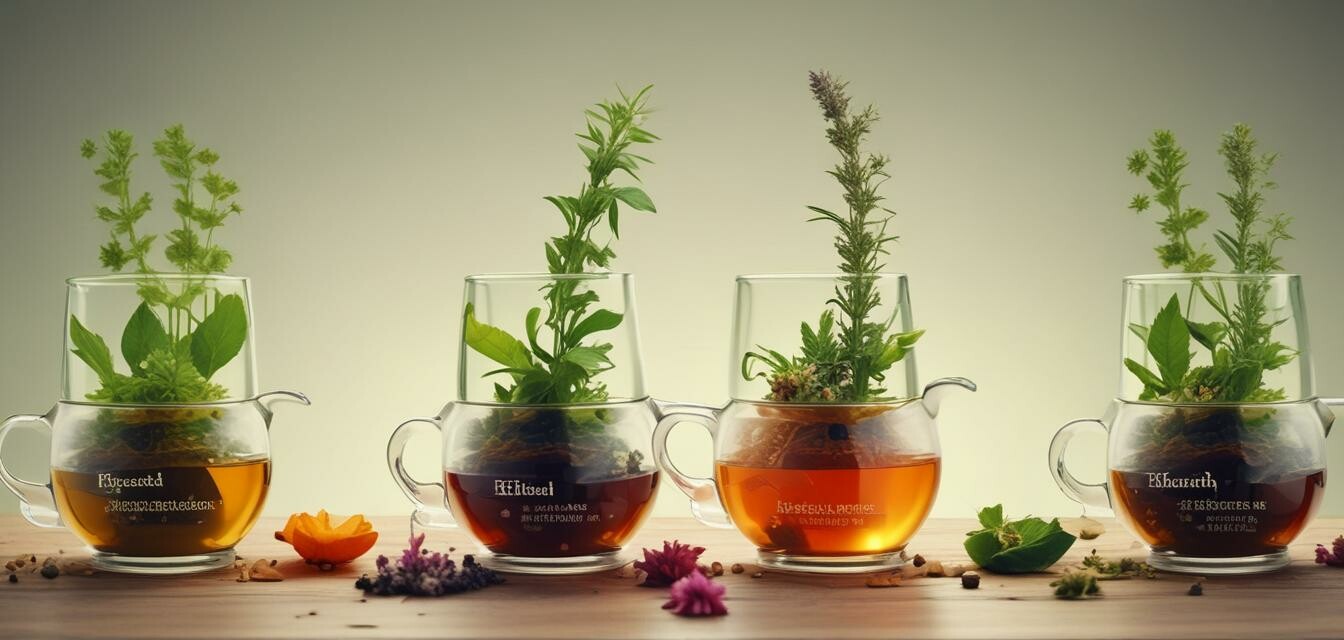
Oolong Tea Discoveries
Oolong tea, known for its unique flavor profile, is highly prized in Chinese culture. It is traditionally used during family gatherings and celebrations. For more insights into the different styles of tea, check out our page on oolong tea.
White Tea Elegance
White tea is often seen as a delicate drink symbolizing luxury and grace. Its preparation is respectful and takes time, much like in the traditions of other cultures. You can dive deeper into this aspect on our White Tea page.
Beginner's Tips for Exploring Tea Culture
- Start with understanding different types of tea.
- Participate in local tea ceremonies or workshops.
- Explore various tea blends to find your favorite flavors.
- Enjoy tea with family and friends to enhance the experience.
Conclusion
Tea culture is rich and diverse, with various traditions and rituals that provide a glimpse into the lives of people around the world. Whether it be a simple cup shared among friends or an elaborate tea ceremony, the significance of tea extends beyond just drinking; it’s a means of connection and understanding across cultures. Happy sipping!
